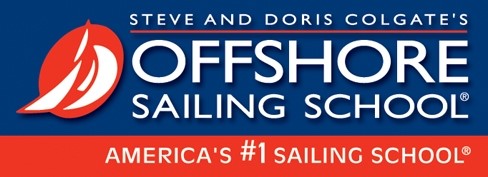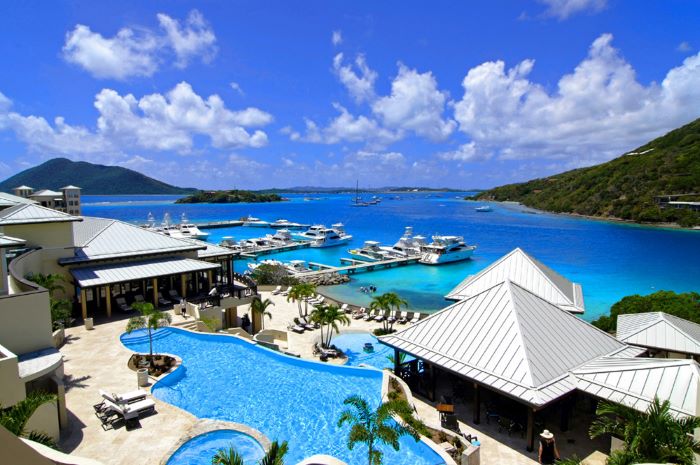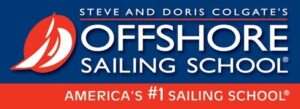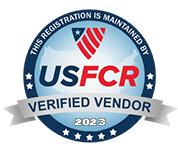Top 10 Tips About Learning How to Sail
Learning how to sail is the beginning of a new and exciting lifestyle. 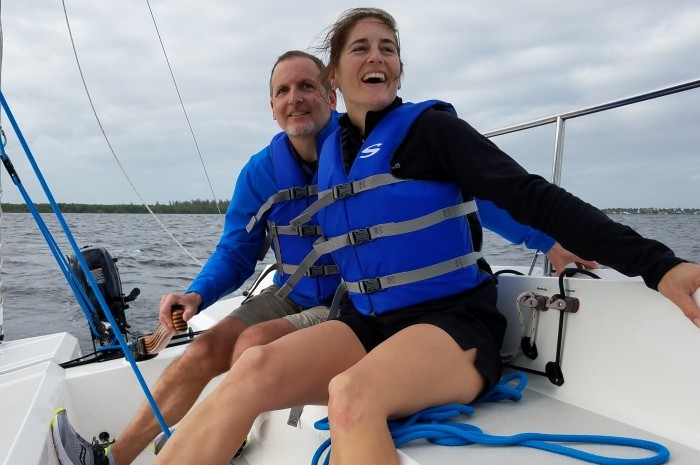 Like riding a bicycle, once you learn to sail, you have an activity you can do forever. Learning how to sail gives you the ability to get out on the water and enjoy a special freedom that is relaxing and stimulating. And best of all, you are participating in a “green” activity that uses no fossil fuels for propulsion, because sailboats can be propelled solely by wind-power. Check out our sailing advice as we answer some of the most popular sailing questions below:
Like riding a bicycle, once you learn to sail, you have an activity you can do forever. Learning how to sail gives you the ability to get out on the water and enjoy a special freedom that is relaxing and stimulating. And best of all, you are participating in a “green” activity that uses no fossil fuels for propulsion, because sailboats can be propelled solely by wind-power. Check out our sailing advice as we answer some of the most popular sailing questions below:
1. Where can you learn to sail?
There are many commercial sailing schools like Offshore Sailing School, and a lot of community sailing schools in the United States, located in marinas and along the shores of popular waterways. There are also sailing clubs in metropolitan areas that offer sailing lessons. Some private yacht clubs also open their doors to non-members who wish to learn basic sailing skills.
2. Where are the most popular destinations to learn how to sail?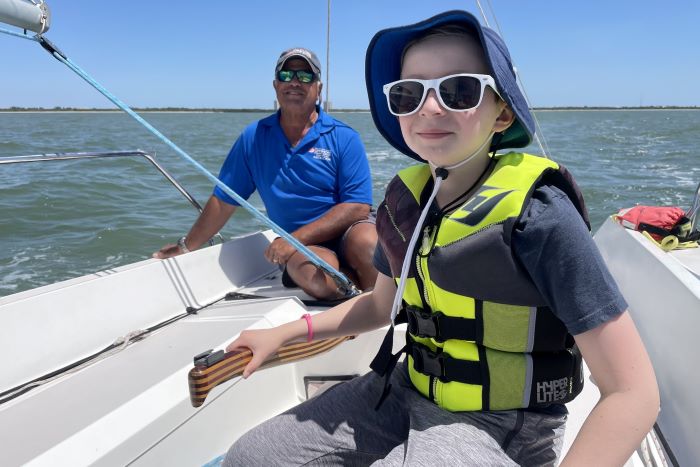
One of the best ways to learn how to sail is to do it on vacation, away from work and other distracting daily issues. You might want to find a sailing school that’s on a large body of water like the Gulf of Mexico, the British Virgin Islands, one of the Great Lakes, the Chesapeake Bay, or other places with nice resorts and marinas in comfortable sailing areas.
On larger bodies of water, the winds tend to be more consistent, and the sailing areas are large enough to allow lots of maneuvers without going aground. Some sailing schools are located in harbors, or on rivers and small lakes, and that’s fine for learning too, but generally speaking, the boats used for teaching on these waterways are relatively small, and the winds can be shifty and hard to learn in, especially if there are mountains and tall buildings around.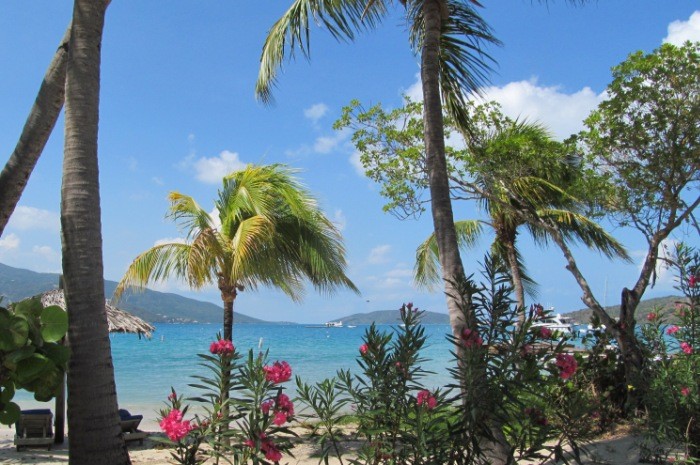
One of the most popular locations for sailing is the British Virgin Islands, not only because of its beauty. This tropical paradise has lots of open water for easy navigation and protected anchorages to stay in when not sailing. Here the sun always shines, the wind is constant, and the water is warm. This is a great area to advance your sailing skills to the next level – learning how to handle a large cruising boat.
3. When is the best time to learn how to sail?
At Offshore Sailing School we have year-round operations in SW Florida and the British Virgin Islands that cater to those who want to learn on a rewarding vacation, so any time is the best time. But if you are looking for lessons close to home and live in northern climes, it all depends when sailing schools in your area are open for business. 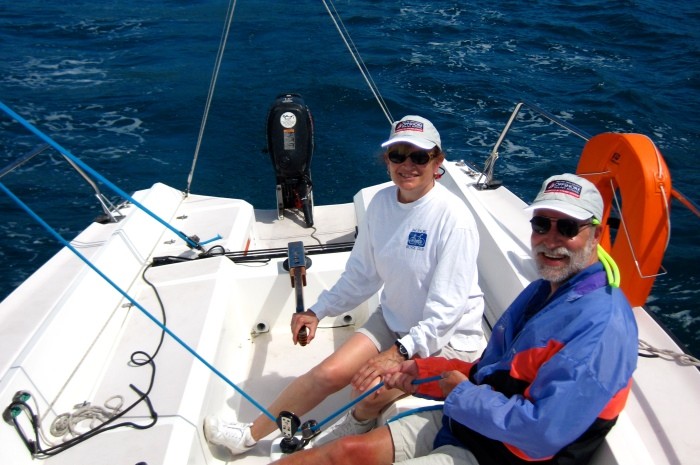 Spring and fall usually have the best winds for learning. During the summer winds can be light from late morning to afternoon, when breezes coming off warm shores across cooler waters start to kick in. But even if you don’t have much wind, there is still a lot to learn.
Spring and fall usually have the best winds for learning. During the summer winds can be light from late morning to afternoon, when breezes coming off warm shores across cooler waters start to kick in. But even if you don’t have much wind, there is still a lot to learn.
4. What does it cost to learn how to sail?
What is it worth to you? If you want to just try sailing, you can probably take a one- or two-hour lesson for under $100. But to truly “learn” how to handle a sailboat, it’s important to look at options that might fit your goals. Some schools have weekend or shorter courses for around $500, others cost a whole lot more, but it all boils down to “you get what you pay for.” At Offshore Sailing School a 3-day Learn to Sail OSS 101 vacation package includes your course tuition, textbooks, diploma, certification test plus 3-nights resort accommodations, taxes and resort fee for around $2700.
5. Does it matter what type and size boat you learn to sail on?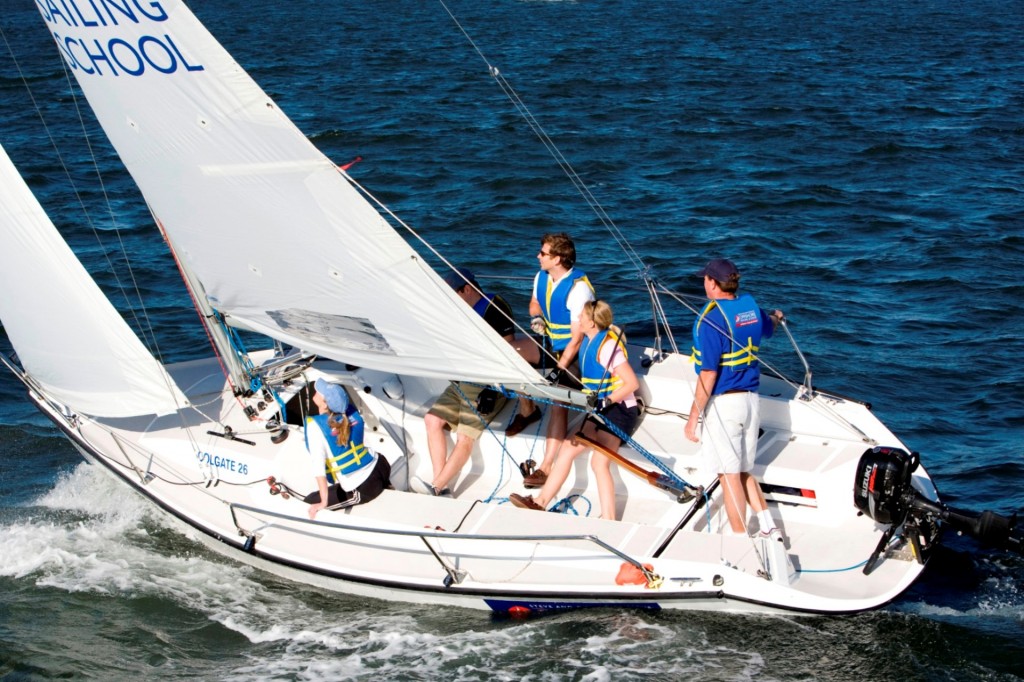
Yes, it does, big time. If all you want to do is sail off a beach, you can learn on small centerboard dinghies and catamarans. What’s a centerboard dinghy? That’s an open cockpit boat suitable for just one or two people to sit in, usually with only one sail. Though a lot of fun to sail, most centerboard dinghies are prone to capsizing in heavy winds.
When a sailboat’s sail fills with wind, the boat will learn away from the wind, and needs weight under the hull (the part of the boat you sit or stand in), to counteract the force or push of the wind. So you should lower the centerboard when the boat leans (“heels” in sail-speech) to keep the boat from capsizing.
While kids think capsizing is fun, we don’t know many adults who enjoy that aspect of sailing, so we recommend learning on a safe and stable “keelboat” such as a Colgate 26. A keelboat is a sailboat that has a fin-shaped extension (usually lead) affixed to the bottom of the hull. When the sails fill with air and the boat leans (heels) over, the keel is forced to raise in the water in the opposite direction of the sails, and because it has weight in it, the keel wants to stay down in the water and therefore keeps the boat from leaning over too far and eventually filling with water.
Sailboats like the Colgate 26 are designed so they cannot capsize, no matter how hard 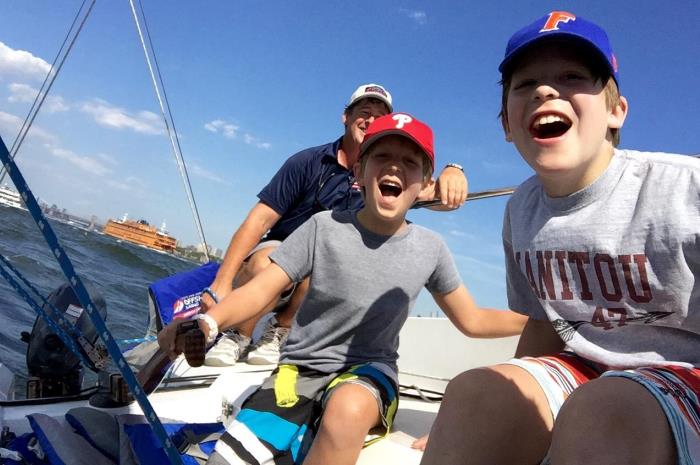 you try. But it is not only the keel that keeps you upright, it is how you manage the sails, which is such an important factor in learning how to sail. We call this “trimming” the sails, and you are taught when to let the sails out, which lets some of the wind out of the sails, and reduces the forces that make the boat lean over.
you try. But it is not only the keel that keeps you upright, it is how you manage the sails, which is such an important factor in learning how to sail. We call this “trimming” the sails, and you are taught when to let the sails out, which lets some of the wind out of the sails, and reduces the forces that make the boat lean over.
You also want to learn how to make a sailboat go fast, and some sailboats don’t have the characteristics that really get your adrenaline going when you have the sails trimmed for speed. Without getting more technical here, just realize that the fun of learning to sail is truly enhanced when you are learning on a comfortable, fast, very safe sailboat, that has plenty of seating space for you, your crewmates and the instructor.
6. Is it difficult to learn how to sail?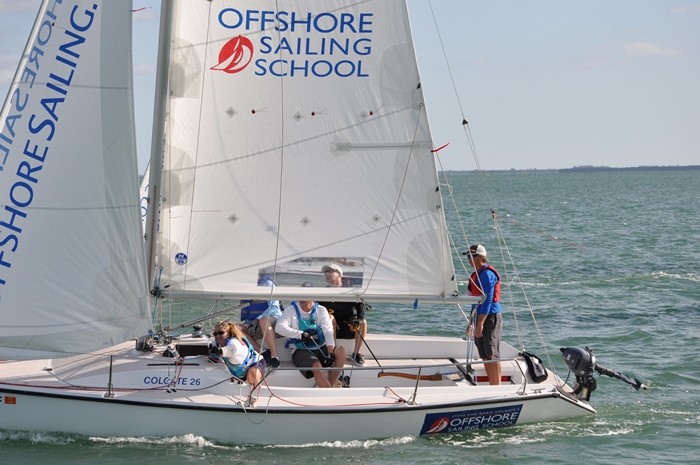
Not really. Over the many years we have been teaching sailing, the one comment we hear from those who are contemplating giving sailing a go, is “it looks hard to do.” Not true. Well, not true after you do a little studying. And that’s what our job is, to make that studying easy.
Some of the words used in describing sailboats, sails, and how to maneuver them come from the old world sailing. So the language of sailing is a little different, and there are new words to learn that describe parts of sailboat and its sails, and maneuvers and directions a sailboat can sail. For instance, a boat cannot sail directly into the wind, because that means there is no angle for the wind to hit and fill the sails. So, like a flag, the sails will flutter away from the wind and the boat will not move forward. This is called being “in irons” – sort of like a prisoner who cannot move his or her legs or arms because of big iron cuffs.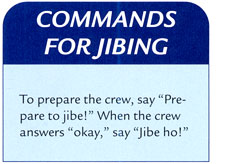
When you enroll in a sailing course with the intent of gaining sailing certification, able to sail the boat on your own, you should be sent or given a textbook, and should be taught by a US Sailing or ASA certified instructor. It is also helpful if the boat you learn on has all or most of its adjustments labeled with those new words you will be learning. Most importantly, we urge you to check out the sailing school and find out if the course includes classroom time before you head out on the water each day. And we recommend you do some studying in advance, read the whole textbook if you have time.
While sailing is not dangerous by any means, it does take knowledge and practice to 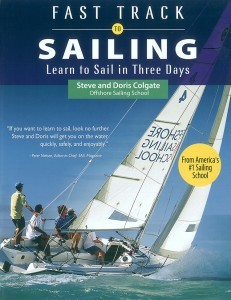 know how to handle different wind strengths and wave conditions. College professors, pilots and engineers will tell you the best way to learn is to involve “visual,” “auditory,” and “tactile” learning techniques. This involves reading the textbook (visual), attending classroom sessions (auditory) and then getting aboard the boat and practice hands-on (tactile) what you learned by reading and having an instructor use classroom aides. And when you learn how to sail this way, you are getting the full Monty of sailing instruction!
know how to handle different wind strengths and wave conditions. College professors, pilots and engineers will tell you the best way to learn is to involve “visual,” “auditory,” and “tactile” learning techniques. This involves reading the textbook (visual), attending classroom sessions (auditory) and then getting aboard the boat and practice hands-on (tactile) what you learned by reading and having an instructor use classroom aides. And when you learn how to sail this way, you are getting the full Monty of sailing instruction!
7. How do I choose a sailing school?
Word of mouth is your best source. Ask the people you work with and your friends if they sail or know others who sail. If they do (and we bet you’ll find at least one in that group), they are likely pretty good ambassadors for one or more sailing schools they either went to or heard about. Check out the ads in sailing magazines, like Cruising World, Sail, Sailing, and Latitude 38. Google “sailing lessons” or “sailing schools” and see what comes up in your area. Then go to their websites and see if what they teach, how they teach, and what they teach on is the right mix for you. It’s also important to find out if their instructors are certified and by whom, and what kind of sailing background they had before they started teaching.
8. So why should I learn how to sail if I don’t want to buy a sailboat and don’t know anyone who owns a sailboat?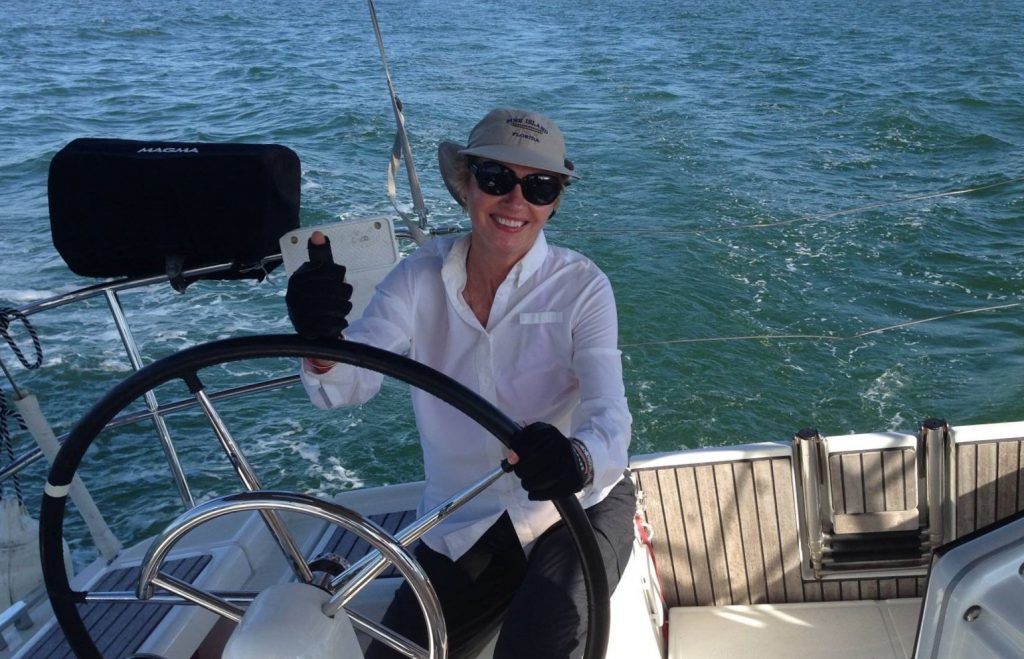
Ah, that’s the 64 million dollar question and the answer is easy! Learning how to sail is the first step in a set of fun building blocks that will, indeed, change your life. That next step is to learn to handle a sailboat you can sail and live aboard for short periods or longer. And once you do, the vacation opportunities are endless. Really? Yes, because there are many great charter companies that have fleets of cruising yachts for rent (called chartering), in the U.S., Canada, the Caribbean, Greece, Croatia, Thailand, Tahiti, and many other places around the world.
You can rent one of those boats with a hired captain if you want to just try it out before actually taking the learn-to-sail route, but the real joy comes when you can take the helm and be your own captain. This is called “bareboat” chartering, but nothing is “bare” about the sailboat. Everything you need to enjoy living aboard is supplied by the charter company.
9. Is there a benefit to learning how to sail on a smaller boat?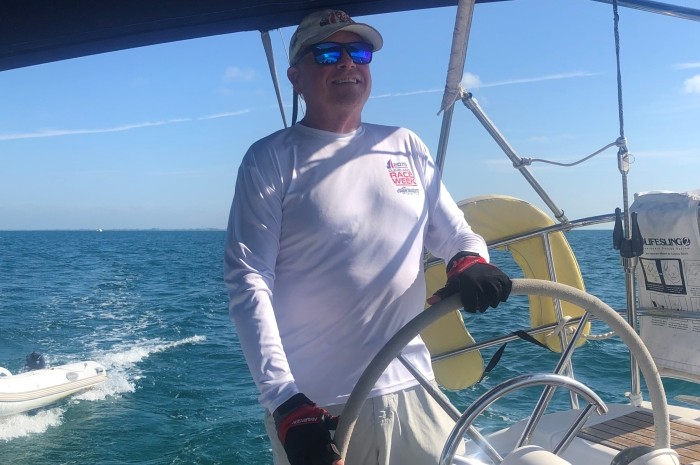
It’s very important to get the basics of sailing on a medium-size, open cockpit boat where you are close to the water and can immediately see and feel the reaction of the boat when you go through maneuvers. Larger boats do not give you that kind of immediate feedback. Even professional maxi boat sailors will tell you to learn how to sail on small boats first. Why? Because cruising boats are much heavier and thus react slower. It’s really easy to over-steer a cruising boat, turn too far and then have to over-correct to get back on the track you want.
So, after you take the first step, and get what the industry calls “Basic Keelboat” certification, then the next step is to go to a sailing school that uses cruising boats that are at least 35’ in length, preferably bigger, and learn not only how to handle the larger, heavier sailboat, but also the various systems aboard. Everything you absorbed in the learn how to sail course will come back automatically on the larger sailboat.
Your adjustment to the sailing 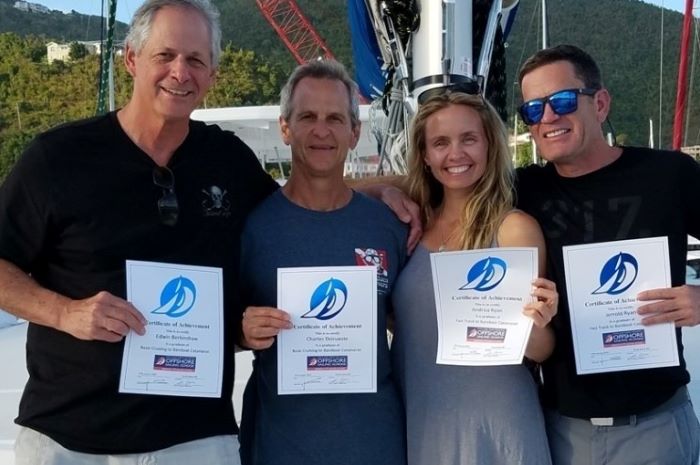 lifestyle will be so much easier as you learn the nuances of navigating and cruising. When you learn how to handle a cruising boat you are gaining the skills and knowledge for “Bareboat Cruising” certification. All the top charter companies in the U.S. and Caribbean recognize US Sailing and ASA Bareboat Cruising Certification.
lifestyle will be so much easier as you learn the nuances of navigating and cruising. When you learn how to handle a cruising boat you are gaining the skills and knowledge for “Bareboat Cruising” certification. All the top charter companies in the U.S. and Caribbean recognize US Sailing and ASA Bareboat Cruising Certification.
10. How fast can I become qualified to charter a big sailboat on my own?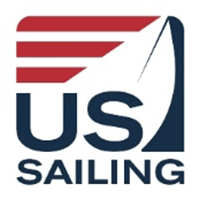
You can get all the certifications you need in one complete course at Offshore Sailing School. We call that course Fast Track to Cruising®. You start with the Learn to Sail course and earn US Sailing Basic Keelboat Certification the first two days while learning how to sail a Colgate 26. Then you board a 43’ to 50’ cruising sailboat and gain your US Sailing Basic Cruising and Bareboat Cruising certification over the next five days. What an awesome experience that is!
